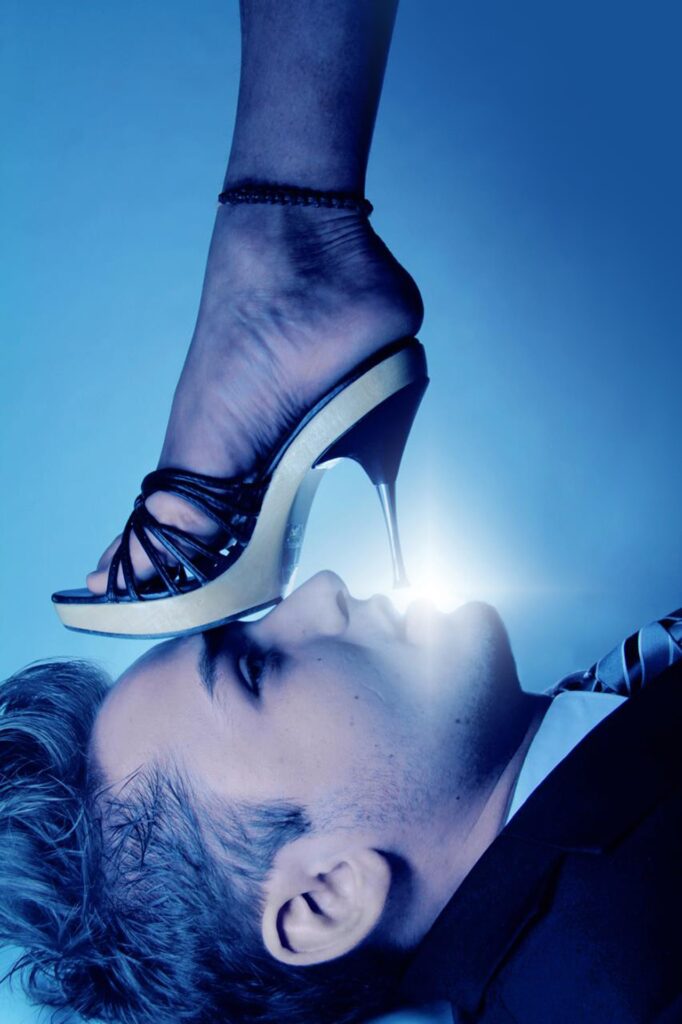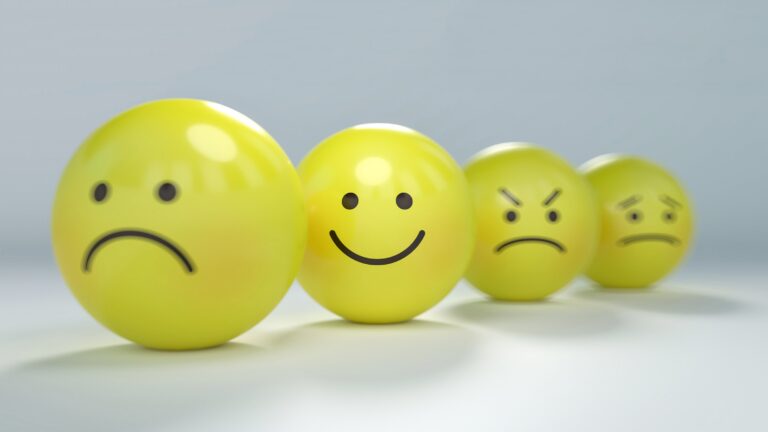What Bipolar Disorders are and how to cure them
Bipolar disorders, often wrongly referred to as bipolarism or manic-depressive syndrome, are an important psychiatric category when it comes to mood disorders: major depression is also part of this category, the difference being that bipolar disorder is characterized by the transition from depressive phases (when subject’s mood and mindset are overwhelmingly pessimistic) to manic or hypomanic phases (when the subject’s mood improves drastically) and/or vice versa. If these disorders are not given the proper attention, they might worsen to a critical and concerningly severe stage; like in major depression, in bipolar disorder there is a considerable risk that the patient puts their own life in danger to the point they might carry out hazardous and extreme behaviors such as suicide. Indeed, for the subjects who have this condition, the probabilities of committing suicide is 15 times more than the average of the subjects that are considered normal. Because of this risk, psychiatric intervention is necessary both through medications and therapy, and it must be carried out as soon as possible.
The problem with treating patients with bipolar disorders is that they don’t realize they’re affected during the manic or hypomanic phase. Providing the patients with the appropriate support is therefore quite challenging, as they will refuse it or deem it unnecessary; sometimes it can even be taken as a provocation, as because of a phenomenon called “delusion of grandeur”, subjects with bipolar disorder can feel “even better than everyone else”, which makes them even more reluctant to trust a professional that wants to help them. In these moments, the individual might carry out unusual behaviors, often seductive or antisocial. These behaviors can also be unethical or against the law.
Conversely, when these patients hit their depressive phase, they become meeker, more agreeable and more communicative. They often seek their loved ones’ help and they regain the clarity of thought that they had temporarily lost during their manic phase.

Bipolar disorder: quantitative data
According to the National Institute of Mental Health (NIMH), this condition afflicts approximately 1% of the global population over the age of 18, and is equally distributed among the two genders. The first episode takes place between the ages of 19 and 29, and it spans throughout the subject’s lifetime if it isn’t treated appropriately. 10 to 15% of adolescents that exhibit recurring episodes of major depression will eventually develop a type 1 bipolar disorder (to read my post on depression, click here). Bipolar disorders make up for one of the major causes of disability in the global population between the age of 15 and 44.

Manic and hypomanic phases
Mania is one of the two basic characteristics of bipolar disorder, the other one being depression. It is characterized by a particularly upbeat tone of the subject’s mood, and it goes from loquacity to its opposite effect, irritability. A subject in this phase, known as a “manic episode”, has a hypertrophic self-esteem, which means that they have excessive aspirations and a sense of grandeur that detaches from reality. Subjects in this phase are often convinced to have extraordinary talents (delusion of grandeur). They are also convinced of being incredibly influential people (delirium of omnipotence) and of being able to change the world and of possessing extraordinary qualities (grandiose delusions, religious delusions etc.).
During the manic phase, the mind is profoundly distracted and it accelerates exponentially: the subject feels like their thoughts are so many and so slippery and unstable that they escape their mind (“flight of ideas”). Because of this excessive mental activity, the subject has an unnatural speech and behavior. During the manic phase, individuals tend to make unnecessary and useless purchases, exhibiting shopping compulsion, pathological gambling, and making risky investments. Sometimes they even go as far as purchasing goods they can’t afford, sleeping very few hours at night (sometimes even three hours can be enough); they seem longing to over accomplish, they’re indefatigable and excessively talkative, they tend to be more promiscuous. They also become more sociable, they tend to abuse of alcohol, coffee and sometimes even drugs. Hypomania, on the other hand, is a manic state of minor intensity and also lasts for less (about four days). Symptoms are also less invalidating than in manic phases. Both states (also called “episodes”) can be found in various types of bipolar disorders, but never in depression or major depression. Bipolar disorders include type 1 bipolar disorder, type 2 bipolar disorder, cyclothymic disorder and substance induced bipolar disorder.

Bipolar 1 disorder
In order to diagnose this type disorder, the subject has to have been through a manic episode or a mixed episode (mania and depression) as well as a depressive episode. If not treated in time, bipolar 1 disorder tends to exhibit the same episodes, but closer in time.
Bipolar 2 disorder
This type of condition exhibits recurrent depressive episodes followed by at least one hypomanic episode.
Cyclothymic disorder
Cyclothymic disorder is considered a variant of bipolar disorder and it’s characterized by the alternation of hypomanic periods and depressive phases. The subject’s mood is chronically fluctuating, and it can go from one extreme to the other in a few minutes.

Substance induced bipolar disorder
In this condition, the use of substances (such as drugs) causes strong mood swings. Sometimes they can be caused by psychoactive medications, namely medications that operate on a mental level other than a merely physical one.
Consequences
Patients who suffer from this type of illness endure intense repercussions in their social relations, be them emotional or in the work place: during the manic or hypomanic phases, these subjects undertake paths or change fundamental aspects of their lives. For instance, they abandon partners or their family, or they quit their jobs. Eventually, they have to find a way to redeem for these radical changes. After the manic (or hypomanic) “storm”, many have difficulties in recognizing themselves as perpetrators of certain behaviors, but they are nonetheless forced to confront relationships they interrupted, damaged, or completely destroyed. Living with a bipolar disorder often means leaving important loved ones and it often implies having difficulties in maintaining a healthy and constant working schedule. This leads to financial problems along with the phases of compulsive shopping.

Bipolar disorder: causes and cure
As mentioned earlier, individuals with bipolar disorder are not conscious of their manic or hypomanic phases: hence during these episodes, they never ask for help. They usually ask for help during their depressive phases, during which they feel intense remorse and guilt for their behavior and for its consequences.
The causes of this state need to be researched in a variety of factors: genetic, environmental (abuses or trauma, especially if perpetrated during childhood, intense and precocious deaths in the family, chronic or serious illnesses, acutely depressed parents), psychological (behavioral predisposition, low self-esteem, adjustment disorders, tendency to constantly and harshly reproach oneself etc.).
To tackle this complicated personal condition, medications are sometimes fundamental, and these medications need to be prescribed by a specialist such as psychiatrists rather than general practitioners. Another effective result can be the involvement of the patient’s relatives (family therapy), or participating in social events on the side, such as classes, day care centers, school and sport centers. The clinicians must always communicate to their patients that the healing process can be slow, sometimes very slow, and it always varies from person to person: for instance, some medications may work perfectly for someone while not doing anything for someone else. The same applies to psychotherapy, an activity that entails individual encounters between two people (therapist and patient) that have to find a way to be at ease with each other. An ineffective relationship between therapist and patient might impair the healing process.

Feline in manic phase
All the images that were used in this article can be found on pixabay.com
Translation: Marina Traylor






